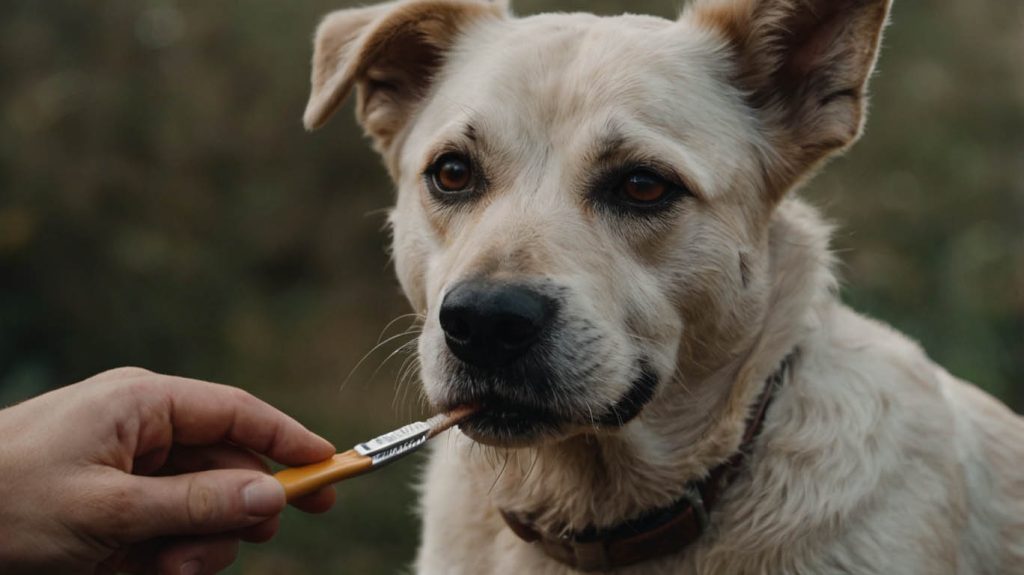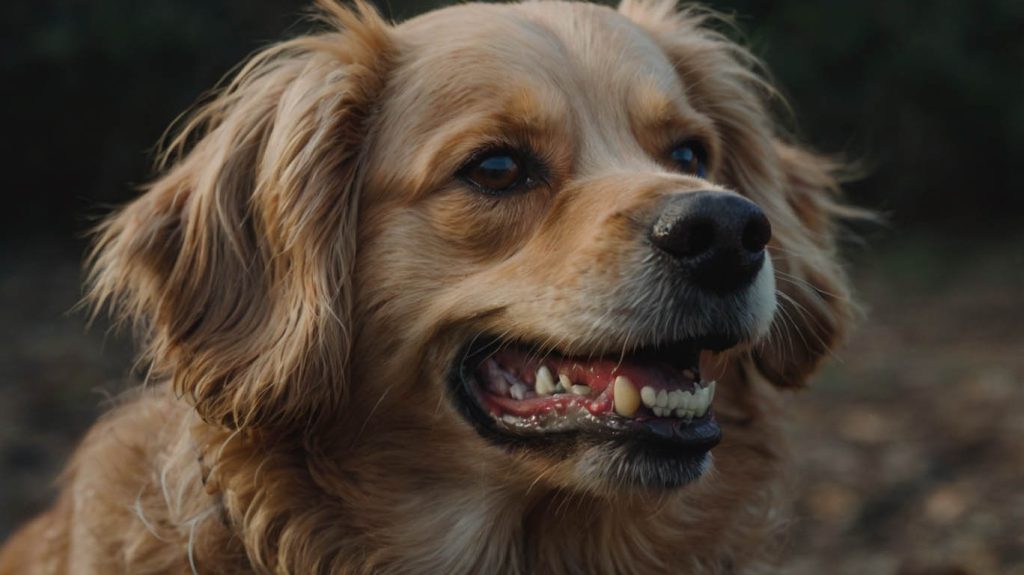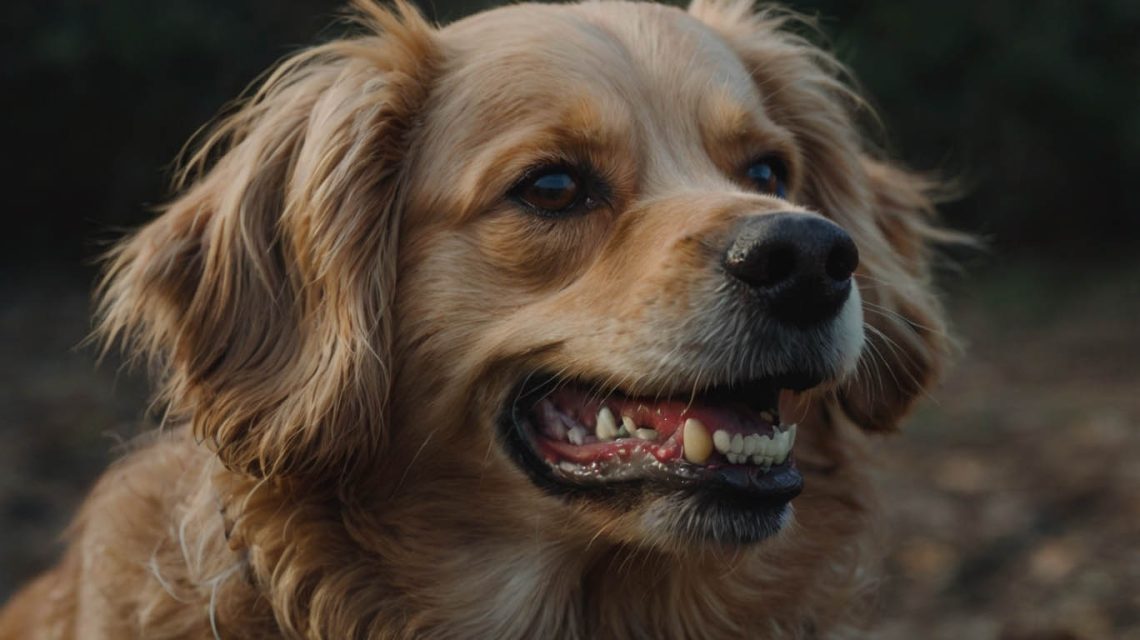How Often Should I Brush My Dog’s Teeth: The Ultimate Guide to Canine Dental Health
You’re enjoying a sweet, cuddly moment with your beloved dog. They lean in to give you a loving lick, but you can’t help but recoil slightly from their bad breath. Or perhaps you’ve noticed a brownish buildup on their teeth near the gumline. You know that dental health is important for your own well-being, but you’ve never been quite sure about your dog’s needs. Consequently, this leads you to ask one of the most important and often overlooked questions in pet care: how often should I brush my dog’s teeth?
Many owners assume that a few dental chews are enough to keep their dog’s mouth healthy. While these can help, they are no substitute for the gold standard of dental care: regular brushing. The answer to this question is more frequent than you might think, and the stakes are much higher than just bad breath. Therefore, this guide is designed to provide the definitive answer. We will explore the ideal brushing frequency, explain the serious health risks of neglecting dental care, and provide a step-by-step plan to make toothbrushing a regular, positive part of your dog’s routine.
The Gold Standard: The Ideal Answer to “How Often Should I Brush My Dog’s Teeth?”
Let’s get straight to the expert recommendation. To provide the best possible protection against dental disease, you should aim to brush your dog’s teeth every single day.
This answer might be surprising, but the science behind it is clear. Plaque, a sticky, bacteria-laden film, begins to form on teeth within hours of a meal. Within just 24 to 48 hours, this soft plaque can begin to harden into tartar (also called calculus). Tartar is a hard, crusty deposit that cannot be removed by brushing alone and requires a professional veterinary cleaning to scrape away. Daily brushing is the only way to consistently disrupt and remove that soft plaque before it has a chance to harden into tartar.

Why You Must Know How Often You Should Brush Your Dog’s Teeth
Understanding the “why” behind the daily recommendation is crucial. Neglecting your dog’s oral hygiene is not just a cosmetic issue; it’s a serious health risk.
The Dangers of Periodontal Disease
According to the American Veterinary Medical Association (AVMA), periodontal disease is the most common clinical condition in adult dogs. By the age of three, most dogs show some signs of it.
- What it is: Periodontal disease is an infection and inflammation of the gums and the structures that support the teeth. It starts with gingivitis (inflamed gums) and can progress to periodontitis, which can cause severe pain, tooth loss, and even jaw fractures.
- The Systemic Health Connection: This is not just a mouth problem. The bacteria from a diseased mouth can enter the bloodstream and travel throughout the body, potentially causing damage to vital organs like the heart, liver, and kidneys.
A consistent answer to “how often should I brush my dog’s teeth?” is your best defense against this silent but serious disease.
“What If I Can’t Brush Every Day?” A Realistic Approach
While daily brushing is the ideal, we understand that life can get in the day. If a daily routine is not realistic for you, the absolute minimum frequency you should aim for is three times per week.
Brushing less frequently than this allows plaque enough time to harden into tartar, which significantly reduces the effectiveness of your efforts. Remember, any amount of brushing is better than none at all, but the more frequently you can do it, the healthier your dog’s mouth will be.

How to Get Started: Making Brushing a Positive Routine
The key to success is to introduce the process slowly and make it a positive experience. You are not just brushing their teeth; you are teaching them to accept and even enjoy the process.
Step 1: Gather the Right Tools
- Dog-Specific Toothpaste: Never use human toothpaste on your dog. It often contains ingredients like fluoride and xylitol, which are toxic to dogs. Dog toothpaste is specially formulated to be safe to swallow and comes in dog-friendly flavors like poultry or beef.
- Dog-Specific Toothbrush: A toothbrush designed for dogs will have softer bristles and an angled head to better fit their mouth. You can also start with a finger brush, which is a soft, rubbery thimble that fits over your finger.
Step 2: The Introduction Phase (Days 1-3)
- Introduce the Toothpaste: Put a small amount of the dog toothpaste on your finger and let your dog lick it off. You want them to think of it as a tasty treat.
- Touch Their Gums: Once they like the toothpaste, put some on your finger and gently rub it along their outer gums and teeth. Do this for just a few seconds and praise them lavishly.
Step 3: Introduce the Brush (Days 4-6)
- Let Them Investigate: Let your dog sniff and lick the toothpaste off the toothbrush.
- Start Brushing: Gently lift their lip and brush one or two of the large canine teeth in a circular motion for just a few seconds. Follow immediately with praise and a reward.
Step 4: Build Up the Duration (Week 2 and Beyond)
Gradually increase the number of teeth you brush and the duration of the session. Your goal is to eventually be able to brush all the outer surfaces of their teeth for about 30 seconds per side.
Beyond Brushing: Other Components of a Healthy Dental Routine
While brushing is the most important part, other tools can support your efforts.
- Dental Chews and Toys: Look for products with the Veterinary Oral Health Council (VOHC) Seal of Acceptance. This seal certifies that the product has been proven to effectively reduce plaque and/or tartar.
- Water Additives and Dental Diets: There are special water additives and prescription dental diets that can also help to reduce plaque and tartar buildup.
For a complete overview of all your options, our guide on The Best Ways to Clean Your Dog’s Teeth can be an excellent resource.
The Most Important Partnership: Your Veterinarian
No amount of home care can replace professional veterinary dental cleanings. Your dog should have their teeth checked by your vet at least once a year. Your vet can identify problems you might miss and will tell you when a professional cleaning under anesthesia is necessary to remove built-up tartar and assess the health of the teeth below the gumline.
An Investment in Their Long-Term Health
The answer to “how often should I brush my dog’s teeth?” is a commitment to their overall well-being. A few minutes of your time each day can prevent painful dental disease, protect their vital organs, and add years of healthy, happy life with your best friend.
How do you incorporate dental care into your dog’s routine? Share your tips and tricks in the comments below!


